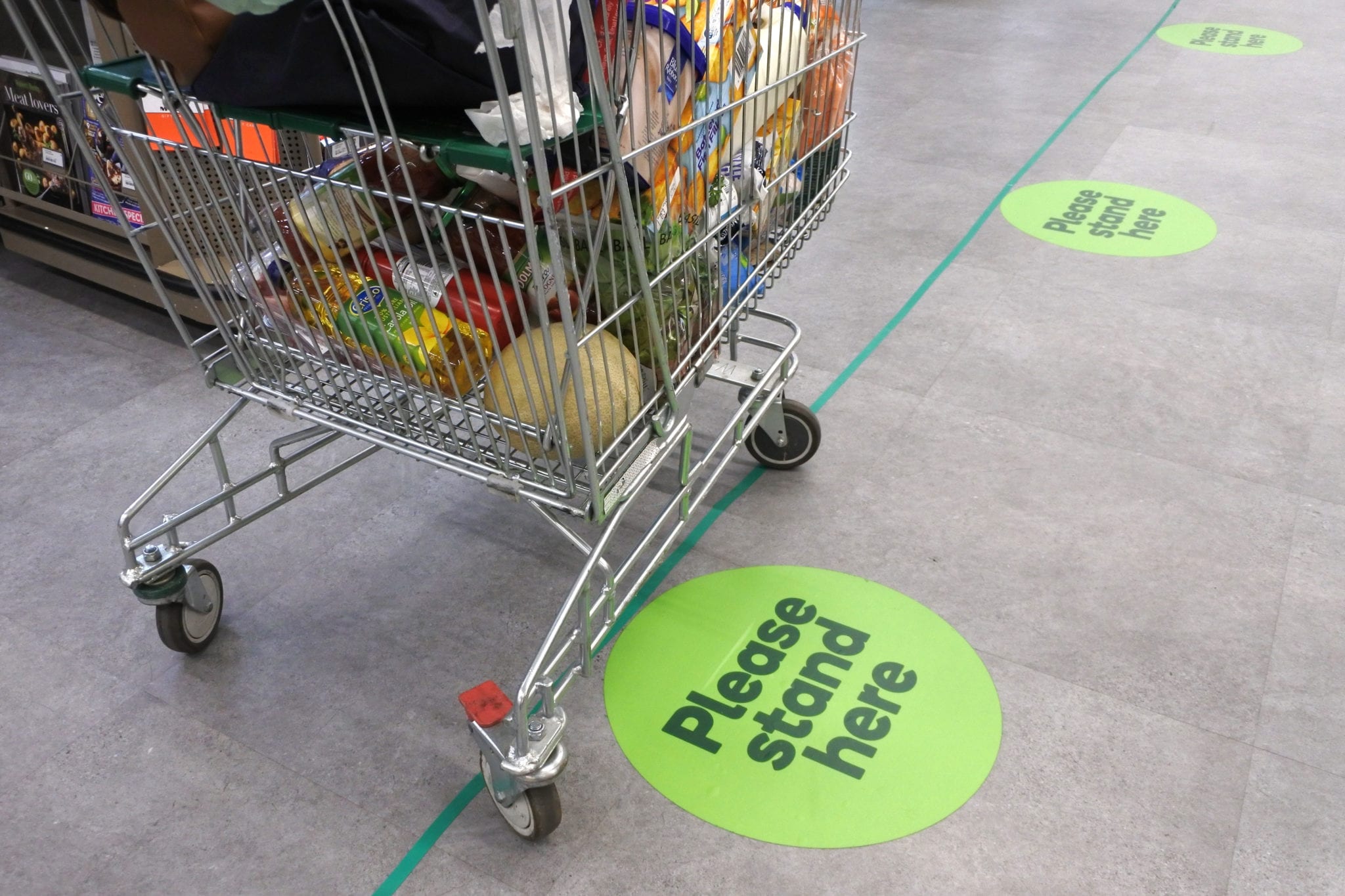Shops and shoppers must stick to the follow official government guidelines following reopening from 1st and 15th June
The government has released a list of rules and guidelines that shops and shoppers must follow to keep everyone safe when retail starts to reopen on the 1st and 15th June 2020.
One of the most widely-discussed bans has been that on changing rooms.
One of these measures include banning shoppers trying on clothes in changing rooms for fear of spreading the virus.
According to the official government website, shops and shoppers must follow the following guidelines:
- Define the number of customers that can reasonably follow 2m social distancing within the store and any outdoor selling areas. Take into account total floor space as well as likely pinch points and busy areas.
- Limit the number of customers in the store, overall and in any particular congestion areas, for example, doorways between outside and inside space
- Encourage customers to use hand sanitiser or handwashing facilities as they enter the premises to reduce the risk of transmission by touching products while browsing.
- Encourage customers to avoid handling products whilst browsing, if at all possible.
- Suspend or reducing customer services that cannot be undertaken without contravening social distancing guidelines. This may include re-thinking how assistance is provided, for example, using fixed pairs of colleagues to lift heavy objects rather than a single colleague lifting with a customer
- Encourage customers to shop alone where possible unless they need specific assistance.
- Remind customers who are accompanied by children that they are responsible for supervising them at all times and should follow social distancing guidelines.
- Look at how people walk through the shop and how you could adjust this to reduce congestion and contact between customers, for example, queue management or one-way flow, where possible.
- Ensure any changes to entries, exit, and queue management take into account reasonable adjustments for those who need them, including disabled shoppers.
- Work within your local area to provide additional parking or facilities such as bike racks, where possible, to help customers avoid using public transport.
- Use outside premises for queuing where available and safe, for example, some car parks.
- Manage outside queues to ensure they do not cause a risk to individuals or other businesses, for example by introducing queueing systems, using barriers, and having staff direct customers.
- Shopping centres should take responsibility for regulating the number of customers in the centre and the queuing process in communal areas on behalf of their retail.
- Clearly designate positions from which colleagues can provide advice or assistance to customers whilst maintaining social distance
- Work with neighbouring businesses and local authorities to consider how to spread the number of people arriving throughout the day for example by staggering opening hours; this will help reduce demand on public transport at key times and avoid overcrowding.
- Continue to keep customer restaurants and cafes closed until further notice, apart from when offering hot or cold food to be consumed off the premises.


